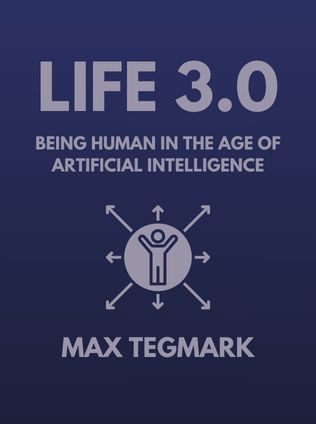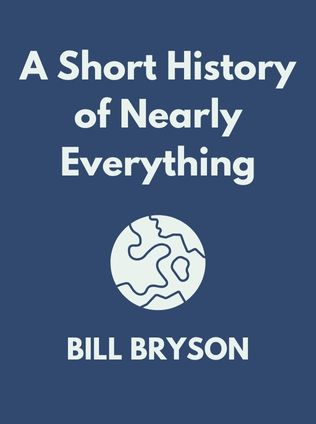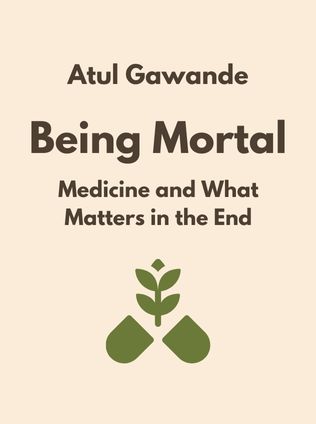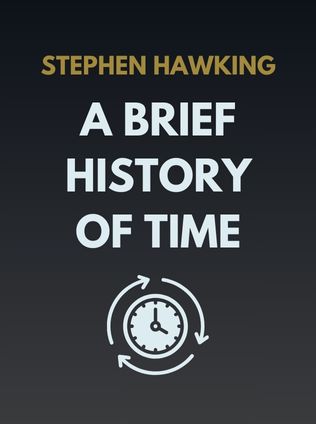
Life 3.0
Being Human in the Age of Artificial Intelligence
By Max Tegmark
Published 08/2017
About the Author
Max Tegmark, a professor of physics at the Massachusetts Institute of Technology (MIT), is not just an academic but a visionary thinker deeply concerned with the future of humanity. His work spans the realms of cosmology and artificial intelligence, with a particular focus on the implications of advanced AI for the future of our species. Tegmark is also the president of the Future of Life Institute, an organization dedicated to mitigating existential risks facing humanity, particularly those associated with the rise of AI. His book, "Life 3.0: Being Human in the Age of Artificial Intelligence," is a seminal work that invites readers to explore the profound changes AI could bring about, both positive and negative.
Main Idea
In "Life 3.0," Max Tegmark presents a compelling argument about the future of life on Earth as it relates to the advent of artificial superintelligence. He posits that humanity is on the brink of a transformation as significant as the emergence of life itself. Tegmark classifies the evolution of life into three distinct stages:
- Life 1.0: Biological evolution where organisms are shaped purely by natural selection without any control over their hardware or software.
- Life 2.0: Cultural evolution where humans, unlike other animals, can redesign their software (knowledge and skills) through learning and can somewhat influence their hardware through tools and technology.
- Life 3.0: Technological evolution where beings, potentially artificial, can design both their hardware and software at will, leading to unprecedented possibilities and risks.
Tegmark warns that the advent of AI, particularly artificial superintelligence, could either lead to a utopian future where all of humanity's problems are solved, or to dystopian scenarios where humanity is rendered obsolete or even extinct. The book is not just a speculative look at the future but a call to action for careful, ethical consideration of how we develop and deploy AI.
Table of Contents
- Welcome to the Most Important Conversation of Our Time
- What Is Life?
- The Near Future: Breakthroughs, Bugs, Laws, Weapons, and Jobs
- Intelligence: Artificial and Natural
- Aftermath: The Next 10,000 Years
- Our Cosmic Endowment: The Next Billion Years and Beyond
- The Future of Life: A Cosmic Perspective
- Goals
- Consciousness
- Meaning
Welcome to the Most Important Conversation of Our Time
In the opening chapter, Tegmark sets the stage by emphasizing the critical importance of the conversation about AI's future. He argues that this is not just a technological issue but one that encompasses every aspect of human existence. Tegmark insists that the question of how we develop AI and what goals we set for it will define the future of life on Earth. This is, as he puts it, "the most important conversation of our time." He uses this chapter to encourage readers to think deeply about the ethical, philosophical, and practical implications of AI, making it clear that passive observation is not an option.
What Is Life?
Tegmark delves into the nature of life itself, offering a unique perspective that frames life in terms of information processing. He categorizes life into three stages (Life 1.0, 2.0, and 3.0) and discusses how each stage represents a different level of control over both the "hardware" and "software" of existence. Life 1.0, which includes all life forms that evolve biologically, is contrasted with Life 2.0, where cultural evolution allows humans to modify their software through learning. Life 3.0, the potential future state, represents a phase where beings can design both their software and hardware, leading to what Tegmark describes as a "quantum leap" in evolution.
Sign up for FREE and get access to 1,400+ books summaries.
You May Also Like
Factfulness
Ten Reasons We're Wrong About the World – and Why Things Are Better Than You Think
By Hans Rosling



















